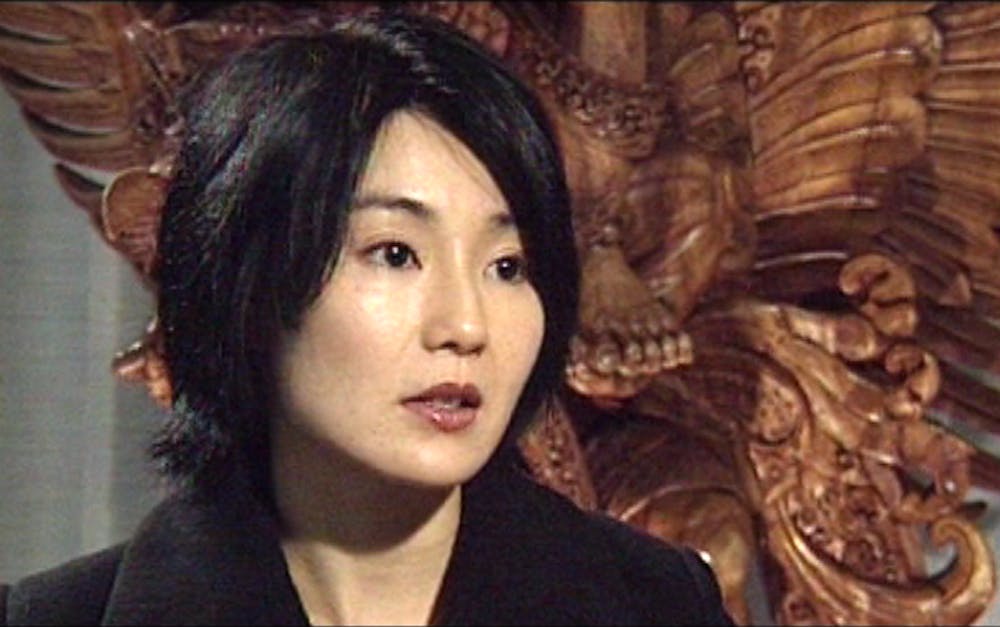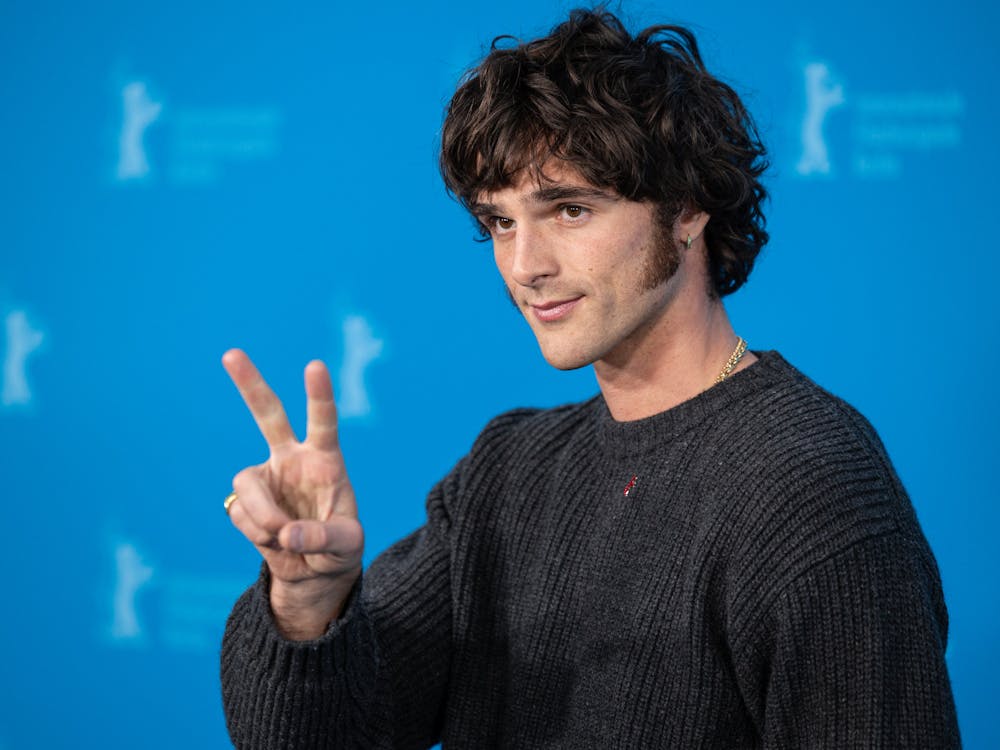
I distinctly remember the suffocating depression I fell into the weekend I went to see Wong Kar-wai’s In the Mood for Love at the Charles Theater last semester. There, in the company of an auditorium full of strangers, I watched a profound tragedy that haunts me to this day. I walked out of the theater paralyzed by an all-consuming sadness and spent the weekend trying to forget all about the film. Alas, some things are so beautiful that any amount of pain is worth bearing to witness them, so I found myself back at the Charles on Monday night, watching the film for a second time.
Merely a surface-level analysis of In the Mood for Love can attest that it transcends the romance genre. It follows Mr. Chow (Tony Leung) and Mrs. Chan (Maggie Cheung), two neighbors in a dingy Hong Kong apartment building in the 1960s. Mere acquaintances at first, they form an intense friendship when they realize that their spouses are having an affair with each other. Their bond remains platonic and innocent, as they meet secretly to work on a martial arts comic book, vowing to be better than their spouses.
They find refuge in each other as their lives crumble around them. They enact imaginary conversations between their spouses that might have led to the affair and practice confronting them about it with each other. They are each other’s escape from the world, a sentiment that is mirrored in the film as we never see their spouses’ faces, only ever hearing them talk or watching their backs. Thus, the protagonists are in a hermetically-sealed world of their own making as they find a safe haven from the squalor of their personal lives in each other.
Leung and Cheung inhabit these incredibly complex characters with sublime perfection. Leung’s Mr. Chow is a mild-mannered man who goes through the ordeal with a smile so sad it is enough to bring the audience to tears by itself. His tragedy is that he inevitably falls in love with Mrs. Chan, who clings on to her vow to be better than her husband despite obviously having similar feelings. He buries these intense feelings deep within him as a secret he can’t tell anyone, not even himself, and one can see the pitiful remnants of a love-torn soul in Leung’s eyes.
Cheung, in a powerhouse performance that, like Leung’s, is a masterclass in subtlety, is absolutely exquisite. She plays Mrs. Chan as a bright-eyed woman who is optimistic about her marriage throughout the film, hanging on to it with her characteristic innocence and devotion. She is aware of the hopelessness of her situation and often weeps uncontrollably in the privacy of her shower, yet she goes on with a twinkle in her eyes and a smile that lights up the entire frame. Her presence was so mesmerizing and her nature so pure that I fell in love with Cheung long before I fell in love with the film.
With a story this juicy and actors so fine, Wong binds everything together with a stylistic indulgence that makes In the Mood for Love a great film. A true modern-day auteur, Wong tells the story with such novelty that the film assumes a distinct personality of its own and the theater is engulfed in its intensely crafted world. Wong constantly plays with time, sometimes going into slow motion with Shigeru Umebayashi’s iconic “Yumeji’s Theme” playing in the background to accentuate the character’s motions, while sometimes jump-cutting across hours, months and years, highlighting both the beauty and transience of the present.
Perhaps the most memorable aspect of the film is the lush cinematography and color that fill each frame. Wong and cinematographer Christopher Doyle compose frames that get imprinted in your brain forever. The ubiquitous use of red throughout feels like a personification of love itself. As the film progresses and the protagonists realize that they too are falling in love, they find themselves trapped in a red cage of love. They are now doomed to their tragedies, for while creating a bubble from the world, they brought the vices they were running away from inside it.
Wong’s soundtrack is yet another extremely memorable aspect of the film. Apart from the aforementioned hypnotically soothing “Yumeji’s Theme,” the film features a number of Spanish and Chinese songs, all of which inexplicably blend seamlessly with the film and its tone. Much like the refuge the protagonists find in each other, for me, the music was the refuge from the tragedy unfolding on screen, as I continued to listen to “Yumeji’s Theme” for days on end after watching the film.
Through arresting visual composition and a soundtrack that befriends you, Wong creates an unforgettable sensory experience. The flux of emotions in the viewer is extreme as Wong amplifies each emotion so indiscriminately that the ecstasy of its happiest moments is euphoric and the melancholy of the saddest ones is irreparably heartbreaking.
The audience is completely absorbed in the film’s world and the characters’ lives and Wong, in his final move of genius, ends the film with an abrupt sledgehammer to the heart. I won’t spoil the ending here, for its paralyzing tragedy is the ultimate experience the film has to offer.
It is a great vice of cinephiles like me to romanticize films and give them a profound meaning in our lives. I try to avoid doing that, but every now and then I watch a film like In the Mood for Love and find it impossible to reject the idea that the experience has changed my life. I genuinely believe that I was a different person before that Saturday morning I watched this film and that it has shaped the way I perceive the world since then. It may not be the profound experience for each viewer as it was for me, but it is an undisputed work of art and a masterpiece if there ever was one.
Varen Talwar is a sophomore from India studying Chemical and Biomolecular Engineering. His column focuses on world cinema, seminal works in cinema history and cinephile culture in Baltimore.





